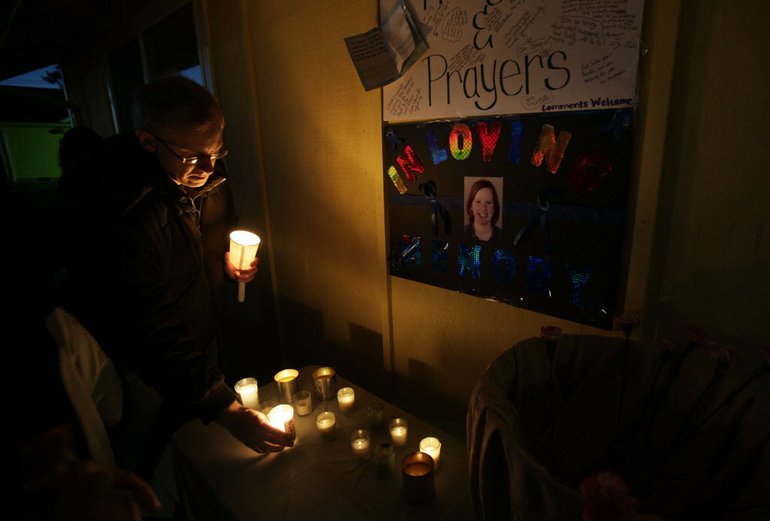The Fort Vancouver National Historic Site will be represented by a five-person contingent at a memorial service for Mount Rainier National Park Ranger Margaret Anderson at 1 p.m. Tuesday at Pacific Lutheran University in Tacoma. The Fort Vancouver group will be led by Superintendent Tracy Fortmann. Also attending are maintenance chief Alex Patterson, administrative officer Elaine Huff, curator Tessa Langford and archaeologist Bob Cromwell.
A local lawman was part of the manhunt for a murder suspect on Mount Rainier.
Clark County Sheriff’s Office Sgt. Duncan Hoss is a part of the Air Support Unit, a multiagency group of licensed pilots and observers.
On New Year’s Day, Portland Police Bureau Sgt. Josh Goldschmidt got a phone call that aerial surveillance was needed at Mount Rainier National Park. A man shot and killed a park ranger and was hiding in the woods. Goldschmidt, who would pilot the single-engine plane, put out a page for a second person to monitor and operate the infrared imaging equipment.
Hoss answered that page and found himself on a Cessna headed north from Portland International Airport.
Using infrared imaging from the plane could help officers find the suspected gunman from the air instead of stumbling upon him in the dark, Hoss said. Air support can also cover a much larger swath of land in a shorter amount of time. It would take people hours to do the same by foot, he said.
That night, Hoss and Goldschmidt spent about four hours looking for the suspected shooter. Hoss’ equipment was based on temperature contrast. The heat signature of a person would appear as a black dot in a field of white snow.
Hoss found a group of campers and directed SWAT personnel to their location to warn them. It proved challenging for Hoss and Goldschmidt who weren’t familiar with the national park.
“Most of these missions we do around here … Geographically I know the general area,” he said. “Not one of us have ever been to the Longmire Ranger Station at Mount Rainier,” before that day.
It was dangerous work because of the rugged terrain and flying at night, he said.
“It was probably the most challenging mission I’ve been on yet,” he said.
Things started slowing down around 12:30 a.m., Hoss said.
Hoss and Goldschmidt didn’t find suspect Benjamin Colton Barnes that night but were flying over the area where his body was found lying partially submerged in a mountain creek. Barnes didn’t have any external wounds and appeared to have died from the elements, Pierce County Sheriff’s spokesman Ed Troyer told the Associated Press.
Hoss said his equipment didn’t pick up the body because its temperature would have dropped quickly after being in the icy water. A search plane was able to spot his clothing in daylight the next day, he said.
The search for a gunman was a little unusual compared to the unit’s typical duty: searching for missing people.
“This was the first time I’ve experienced anything like that,” Hoss said.



